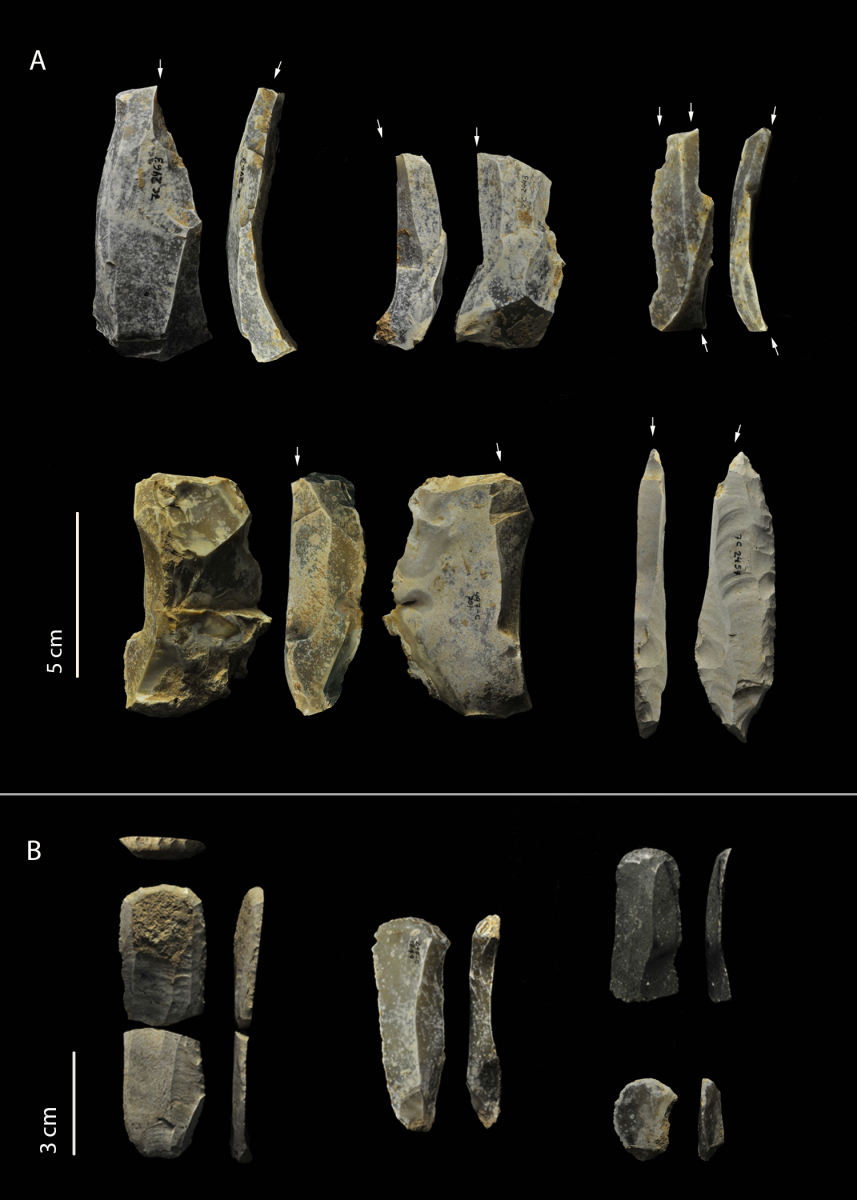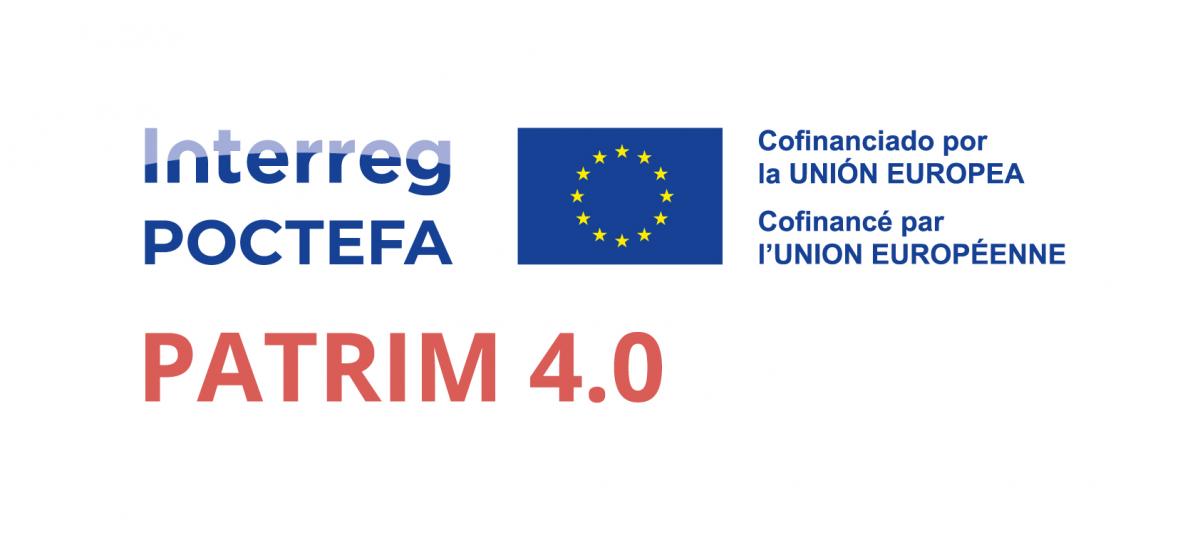CENTRE D'ESTUDIS DEL PATRIMONI ARQUEOLÒGIC DE LA PREHISTÒRIA
Homo sapiens "Linya" lived in the northeast of the Iberian Peninsula 14,000 years ago

Researchers from the Centre for the Study of Archaeological Heritage (CEPARQ-UAB) working at the Cova Gran de Santa Linya have discovered the remains of a Homo sapiens female living in the eastern Pre-Pyrennees during the Upper Palaeolithic period, around 14,000 years ago. There is a scarcity of prehistoric remains of modern humans in the Iberian Peninsula. The study of Linya, as she has been named, will allow delving deeper into what is known about them and how hunter-gatherers lived in the northeastern part of the peninsula.
Nou article sobre el jaciment de la Cova Gran de Santa Linya
 Recentment, ha sortit publicat un nou estudi sobre la industria lítica gravetiana del jaciment de la Cova Gran de Santa Linya. Sota el títol Re-evaluating the Gravettian technocomplex in Iberia: The 497C lithic assemblage from Cova Gran de Santa Linya (Southeastern Pyrenees), l’investigador Javier Sánchez Martínez ha liderat un estudi en el qual s’analitza la tecnologia lítica i els processos de fabricació de les eines amb uns 30.000 anys d’antiguetat.
Recentment, ha sortit publicat un nou estudi sobre la industria lítica gravetiana del jaciment de la Cova Gran de Santa Linya. Sota el títol Re-evaluating the Gravettian technocomplex in Iberia: The 497C lithic assemblage from Cova Gran de Santa Linya (Southeastern Pyrenees), l’investigador Javier Sánchez Martínez ha liderat un estudi en el qual s’analitza la tecnologia lítica i els processos de fabricació de les eines amb uns 30.000 anys d’antiguetat.
UAB Partner in EU project RETOLD

EXARC leads the way in this documentation and digitising endeavour for open-air museums. In four years, with six partners and a budget of over 300,000 EUR we will develop methods of multimodal documentation which will be brought to the public by means of immersive digital storytelling. We will be happy to start by the end of 2020.
Virtual tours available for museums of La Noguera
 The Center for Archaeological Heritage Studies of the Autonomous University of Barcelona, within the framework of the European POCTEFA Patrim + project, has launched virtual visits to different archaeological and museographic spaces in which it works to offer its new formats Accessibility to these spaces.
The Center for Archaeological Heritage Studies of the Autonomous University of Barcelona, within the framework of the European POCTEFA Patrim + project, has launched virtual visits to different archaeological and museographic spaces in which it works to offer its new formats Accessibility to these spaces.
CEPAP-UAB participates in the European Patrim + project
 The Patrim+ project is part of the UE-POCTEFA framework designed to enable collaboration on both sides of the Pyrenees. The aim is to promote the protection, valorisation and sustainable use of local resources, emphasizing the conservation, protection, promotion and development of the natural and cultural heritage of the institutions and entities of the territories participating in this project.
The Patrim+ project is part of the UE-POCTEFA framework designed to enable collaboration on both sides of the Pyrenees. The aim is to promote the protection, valorisation and sustainable use of local resources, emphasizing the conservation, protection, promotion and development of the natural and cultural heritage of the institutions and entities of the territories participating in this project.
One of the main areas of work to be developed in this project is to prioritize an innovative and shared common strategy that entails opening up to diverse audiences and seeking new approaches for accessibility, local development, social inclusion, etc.

















